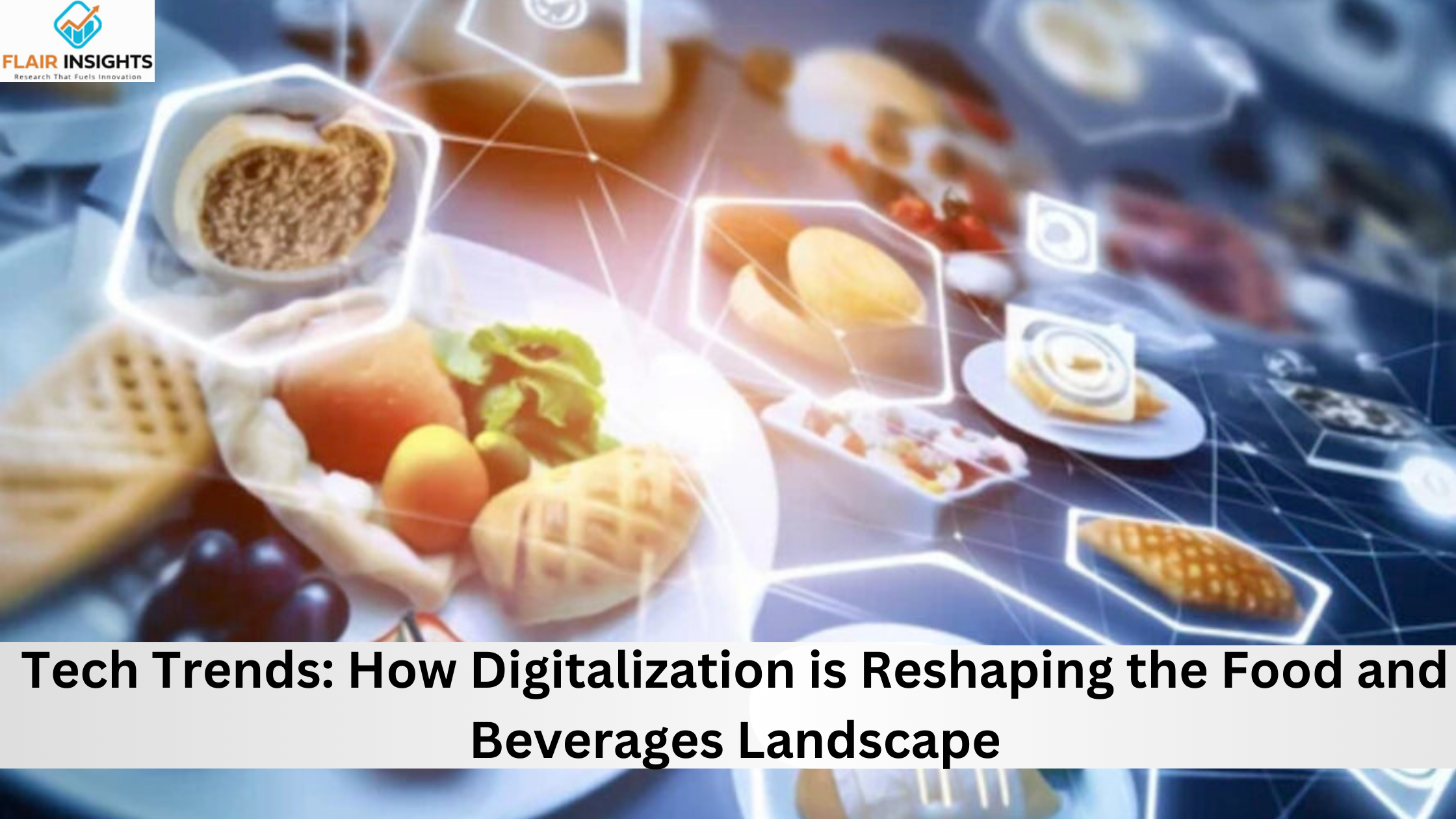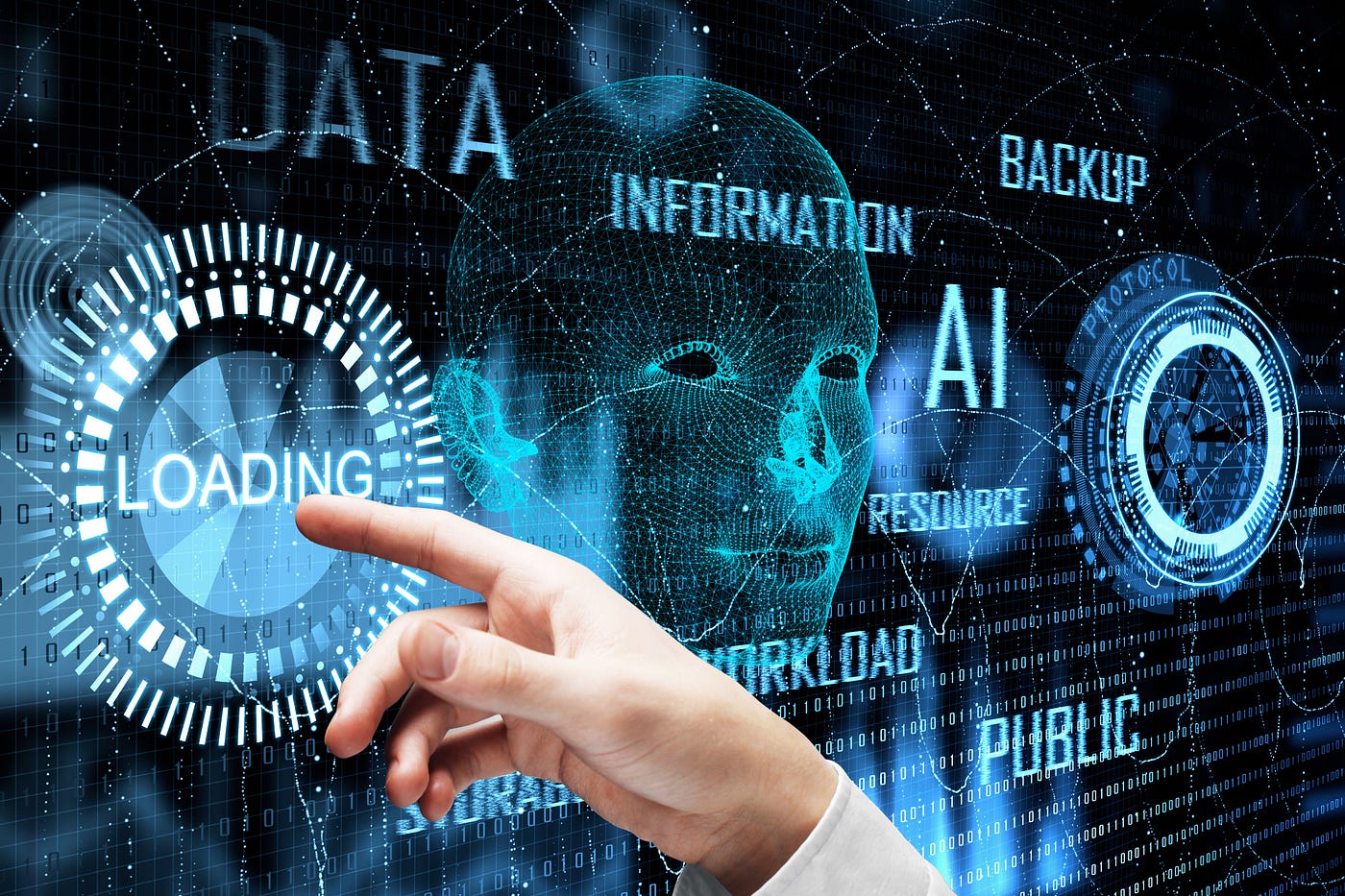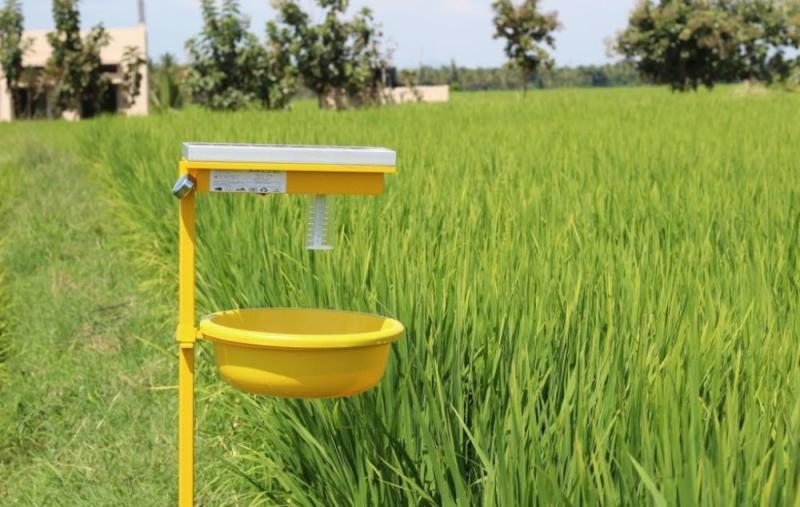
The past couple of years have seen the power of digitalization across sectors, breaking traditional practices and opening up routes to innovation. Food and beverages stand not left behind in this huge transformation while digital technologies reshape the sector. We will see in detail how digitalization is influencing the food and beverages industry from seed to plate in this detailed article.
2. Farm to Fork: Digitalization in the Supply Chain
The journey of food from the farm to the consumer's plate has witnessed a radical transformation due to digitalization.
2.1 Precision Agriculture: Enhancing Crop Yield and Quality
Innovation, such as IoT sensors, drones, and data analytics in precision farming, has further provided farmers with the capability to manage crops in the best possible manner. All these devices gather real-time data regarding soil health, weather, and crop growth, thus helping farmers make informed decisions to ensure maximum yield and quality.
2.2 Smart Warehousing and Logistics
The digitalization of the supply chain is now much easier with smart warehousing and logistics solutions. It provides automated inventory management, real time tracking, and predictive analytics to ensure efficient, on-time delivery of fresh produce without waste, thereby improving the resilience of the whole supply chain.
3. Smart Manufacturing: Revolutionizing Food Production
The advent of Industry 4.0 has ushered in a new era of smart manufacturing in the food and beverages industry.
3.1 IoT and Sensor Integration in Processing Plants
The integration of devices and sensors from the Internet of Things into processing plants aids in monitoring and control. This in turn increases production efficiency, reduces downtime, and ensures quality control since all the deviation from the standard parameters is noticed and resolved on time.
3.2 Robotics and Automation in Food Processing
The tasks associated with automation and robotics within food processing include sorting, packaging, and even cooking. This delivers not only increased efficiency but also accurate and consistent production, meeting the most stringent quality standards.
4. Digital Menu Innovation: Transforming the Dining Experience
The digital transformation extends beyond the production phase and into the realm of customer experience, particularly in the way menus are presented and orders are taken.
4.1 Interactive Digital Menus
Digital interactive menus are increasingly found in restaurants, accessed through either a tablet or a smartphone. These menus offer an interactive and dynamic interface displaying relevant details of the ingredients, their nutritional content, and even sourcing practices catering to growing consumer demands for transparency.
4.2 Contactless Ordering and Payment
Added to this are the current global challenges most especially the COVID-19 pandemic, which further accelerated contactless ordering and payment systems. Digital menus display what restaurants offer, QR codes facilitate customer placing orders, and mobile apps provide options for payment no physical contact needed.
5. Personalization through Data Analytics: Tailoring Culinary Experiences
Harnessing the power of data analytics allows businesses in the food and beverages industry to personalize offerings, enhancing customer satisfaction.
5.1 Customer Preference Analysis
By analyzing customer data, businesses can gain insights into preferences, dietary restrictions, and ordering patterns. This information enables personalized recommendations, allowing establishments to tailor menus and promotions to individual tastes.
5.2 Dynamic Pricing Strategies
This also enables dynamic pricing strategies within the food sector. Restaurants and food delivery services would see their prices varying based on demand, time of day, and historical data to generate revenue while offering competitive and appealing prices to customers.
6. Food Safety and Traceability: Blockchain Integration
Ensuring the safety and traceability of food products is a top priority, and blockchain technology has emerged as a powerful tool for achieving these goals.
6.1 Transparent Supply Chain
Blockchain is an incorruptible, transparent record of every stage in a supply chain from farm to table. It enables consumers to trace back the origin of food at the time of purchase and make sure it is authentic and its sourcing practices are ethical.
6.2 Rapid Response to Contamination
In the event of a food safety issue or contamination, blockchain allows for swift identification and removal of affected products, reducing the impact on public health and preventing widespread recalls.
7. The Rise of Virtual Restaurants: Cloud Kitchens and Online Platforms
Digitalization has given rise to virtual restaurants and cloud kitchens, transforming the traditional dining experience.
7.1 Cloud Kitchens: A Digital-First Approach
Cloud kitchens are establishments that do not have dining areas and operate solely on online orders. This type of place leverages digital platforms in marketing, ordering, and delivery to serve the ever-growing demands of people looking for convenience and on-demand dining.
7.2 Online Food Delivery Platforms
Digital dining has been fast tracked by the fast growing online food delivery platforms. Hence, a variety of consumable foods from various places are sold through these applications, giving prevalence and convenient options to users.
8. Future Trends: Artificial Intelligence and Augmented Reality
As the food and beverages industry continues to evolve, emerging technologies such as artificial intelligence (AI) and augmented reality (AR) are poised to play a pivotal role.
8.1 AI-driven Menu Recommendations
AI algorithms can analyze vast amounts of customer data to provide personalized menu recommendations. This not only enhances the dining experience but also contributes to increased customer loyalty and repeat business.
8.2 AR in Culinary Exploration
pplications of augmented reality can be used to provide customers with immersive culinary experiences. Customers can use AR to see what their dishes may look like before ordering it at a restaurant or even scan packaged foodstuffs to find cooking instructions, but at times even the ingredients used.
9. Challenges and Considerations
While digitalization brings numerous benefits, it also presents challenges and considerations that the food and beverages industry must address.
9.1 Cybersecurity Concerns
As digital systems become more pervasive in industries, the risks of cyber-attack threats grow. Protection of sensitive data, like customer information or special recipes, becomes of vital importance to maintain public trust.
9.2 Digital Inclusion and Accessibility
Ensuring that the benefits of digitalization reach all segments of the population is crucial. The industry must address issues of digital inclusion and accessibility to prevent disparities in access to innovative food technologies.
10. Conclusion:
Ultimately, the digital transformation in the food and beverage sector ranges from smart farming and manufacturing to personalized dining experiences and emerging technologies. And of course, here the sector takes its leap toward innovation to keep up with the changing demands of consumers. The ability to be adaptable discovering ways to surmount the challenges in the path will be the keys for forging ahead toward a more sustainable and technologically advanced future in the arena of food and beverages.
Trending Posts

Global Silver Nanoparticles Market
The global silver nanoparticles market was valued at $2.08 billion in 2020, and is projected to reach $4.1 billion by 2027, growing at a CAGR of ~17%

The Basic Pension Comes - Federal Cabinet Decides On the Pension Supplement
Financial security in old age is an issue that is causing stomach pains for more and more people in Germany. Low-wage earners fear the elderly. The ba

The Future of Artificial Intelligence
In recent years, the field of artificial intelligence (AI) has witnessed unprecedented growth and transformative advancements. As AI technologies

"LNG Bunkering" Here is something you must know!
In the current scenario of growing pollution, companies are trying to adapt more and more sustainable approach that not only gives eco-friendly result

Sailing into the future with Autonomous Ships
Autonomous Vehicles (AVs) are the uproar of this era. After airways, thanks to the companies like Tesla, that people are now getting used to see drive

Rising Demand For Uninterrupted Power Supply Is Expected To Drive The Power Rental Market
Todays world is totally reliant on electric power. There are many things which are not manageable without electricity. Power rental is a concept where

Rapidly growing IT industry coupled with the trend of bringing your own device (BYOD) is expected to provide new opportunities for growth of Cloud Collaboration
Cloud collaboration is the process of sharing and co-authoring the computer-based work through cloud technology

Fact check on UV Disinfection for COVID-19
Many regulatory authorities and bodies believe that UV disinfection technologies can play a role in a multiple barrier approach to reducing the transm

Vaccination: Vaccination Against Measles is Now Mandatory in Germany
The subject of compulsory vaccination has always heated peoples minds and caused emotionally charged discussions. The latest law in this area - the ob

The Global Ventilator Market Grows at a CAGR of 7.75 %
The Global Ventilator Market, which was at $688 million in the year 2016, is about to double by the year 2025, and reach a value of $1,347 million. Th
Recent Posts

Tariffs & Trade: Key Trends, Policies, and Market Impact
A tariff is a tax imposed by a government on imported or exported goods. It is primarily used to regulate international trade by either encouraging domestic production or generating revenue for the government.

The Global Buy Now Pay Later (BNPL) Market: Growth and Opportunities
The global Buy Now Pay Later (BNPL) market has emerged as a revolutionary financial solution, transforming how consumers approach shopping and payments. Offering flexibility and convenience, BNPL allows consumers to make purchases and pay.

Global Motorhome Market: Growth and Forecast
The motorhome market has gained significant momentum over the past decade, driven by rising interest in outdoor tourism, evolving consumer lifestyles, and advancements in vehicle design and technology. As a preferred option for travelers seeking.

The Global Poppy Seed Market: Growth and Trends
Poppy seeds, derived from the opium poppy plant (Papaver somniferum), have been a vital component in global culinary, pharmaceutical, and personal care industries for centuries. The global poppy seed market is gaining traction due to its versatility.

Global Plant Breeding and CRISPR Plants Market
The global food industry is facing immense pressure due to rising population levels, diminishing arable land, and the impact of climate change. Innovations in plant breeding, particularly the use of CRISPR technology, are reshaping the agricultural .

Global Pheromones Market – Trends, Opportunities, and Forecast
The global pheromones market has witnessed significant growth, primarily driven by the rising demand for eco-friendly pest control solutions in agriculture. Pheromones, natural chemicals emitted by insects and other organisms to communicate.

The Role of Technology in Oil and Gas Risk Management
In an industry as dynamic and complex as oil and gas, risk management is crucial for ensuring operational efficiency, regulatory compliance, and safety. Risk management software has become an indispensable tool for companies in this sector.

Global Smart Grid Sensors Market
The global energy landscape is undergoing a significant transformation, with smart grid technologies at the forefront. Smart grid sensors, a critical component of modern energy grids, enable efficient monitoring, energy distribution.

Global Photovoltaic Glass Market Research Report
The global photovoltaic (PV) glass market is experiencing unprecedented growth, driven by the accelerating shift towards renewable energy and the integration of sustainable materials in construction. This report delves into the market’s key growth.

Exploring the Growth of the Global Micro Solar Inverter Market
The Global Micro Solar Inverter Market is forecasted to expand significantly, growing from an estimated value of USD 4.8 billion in 2024 to USD 14.6 billion by 2030, with a CAGR of 24.2%. This growth reflects increased adoption of solar energy system
.png)